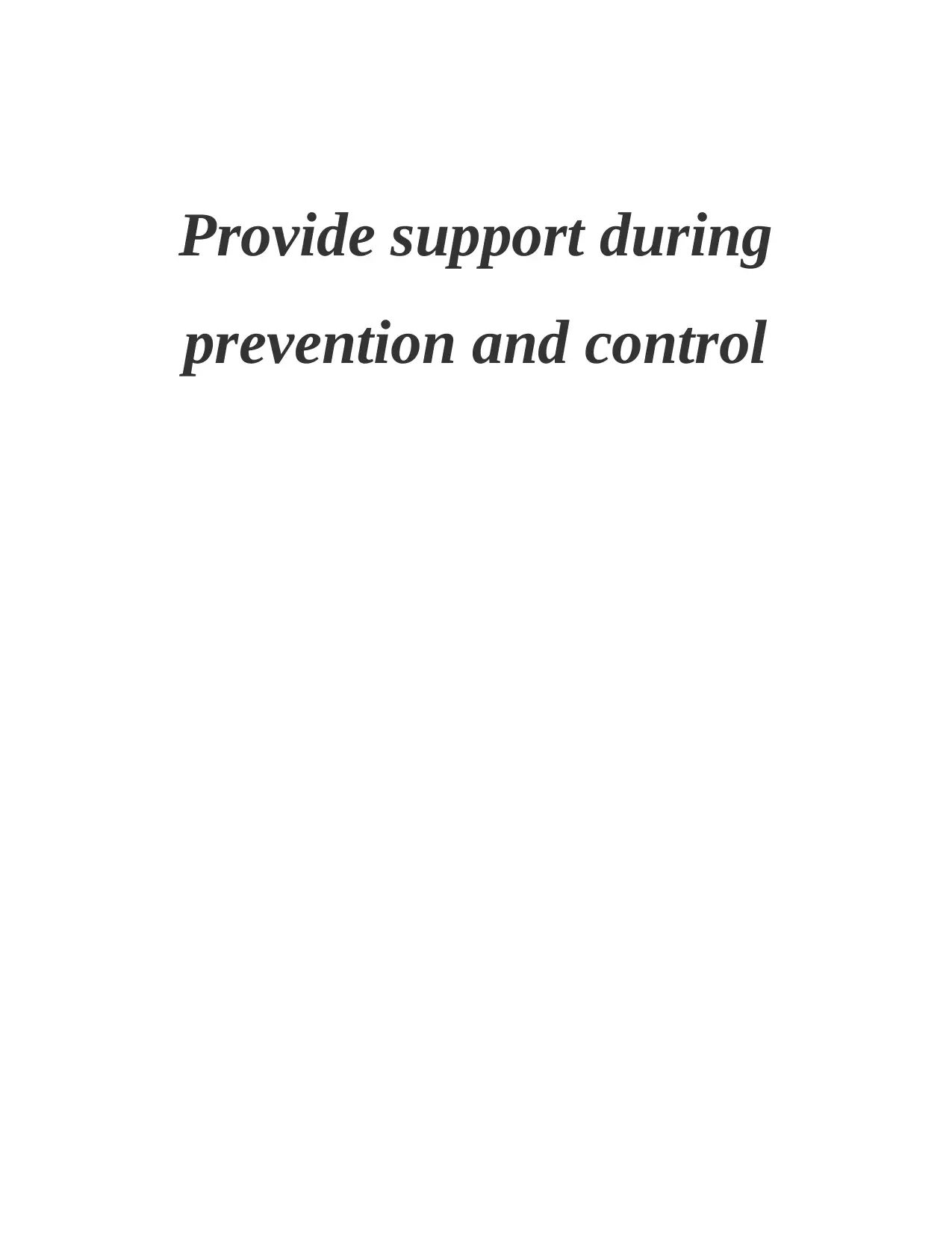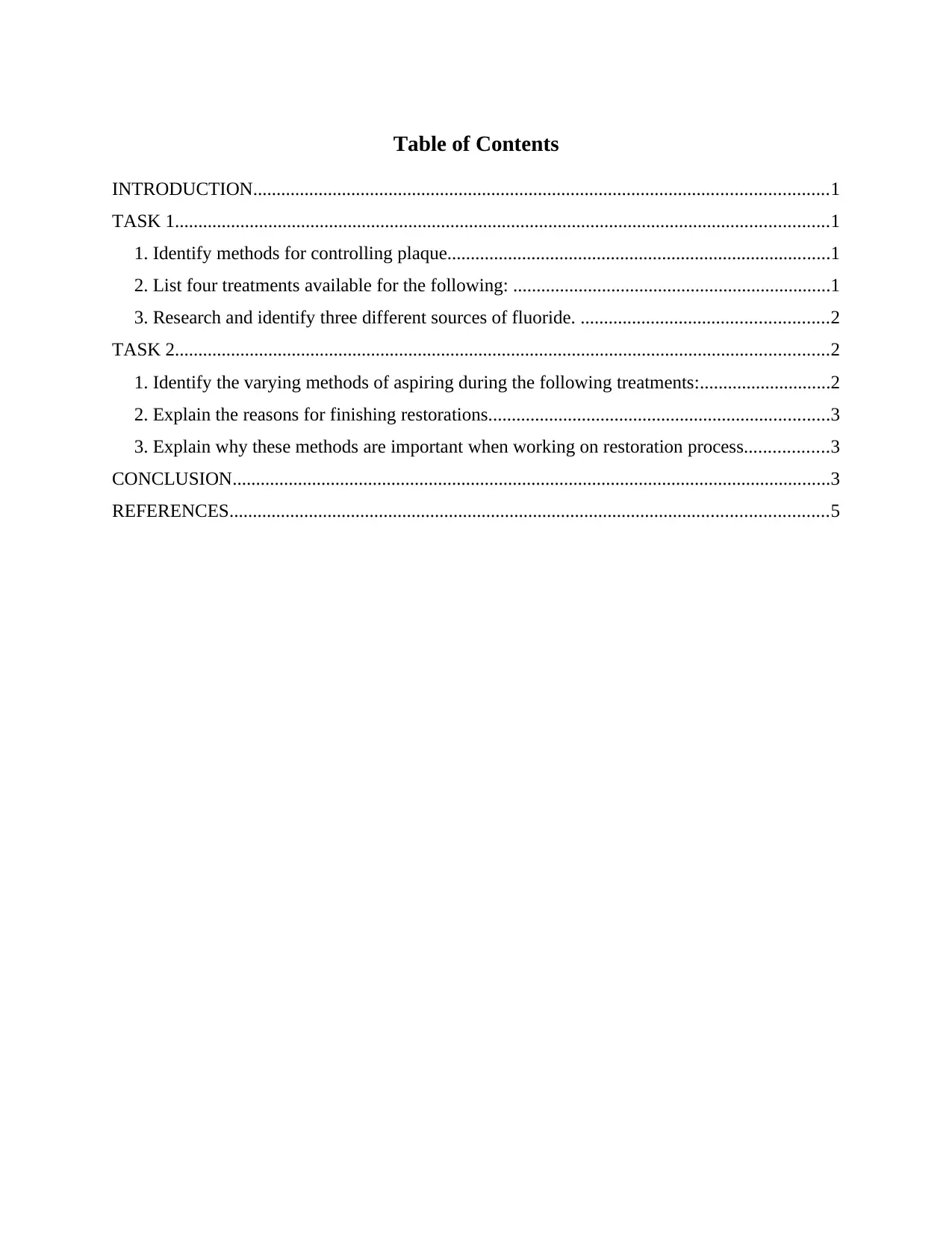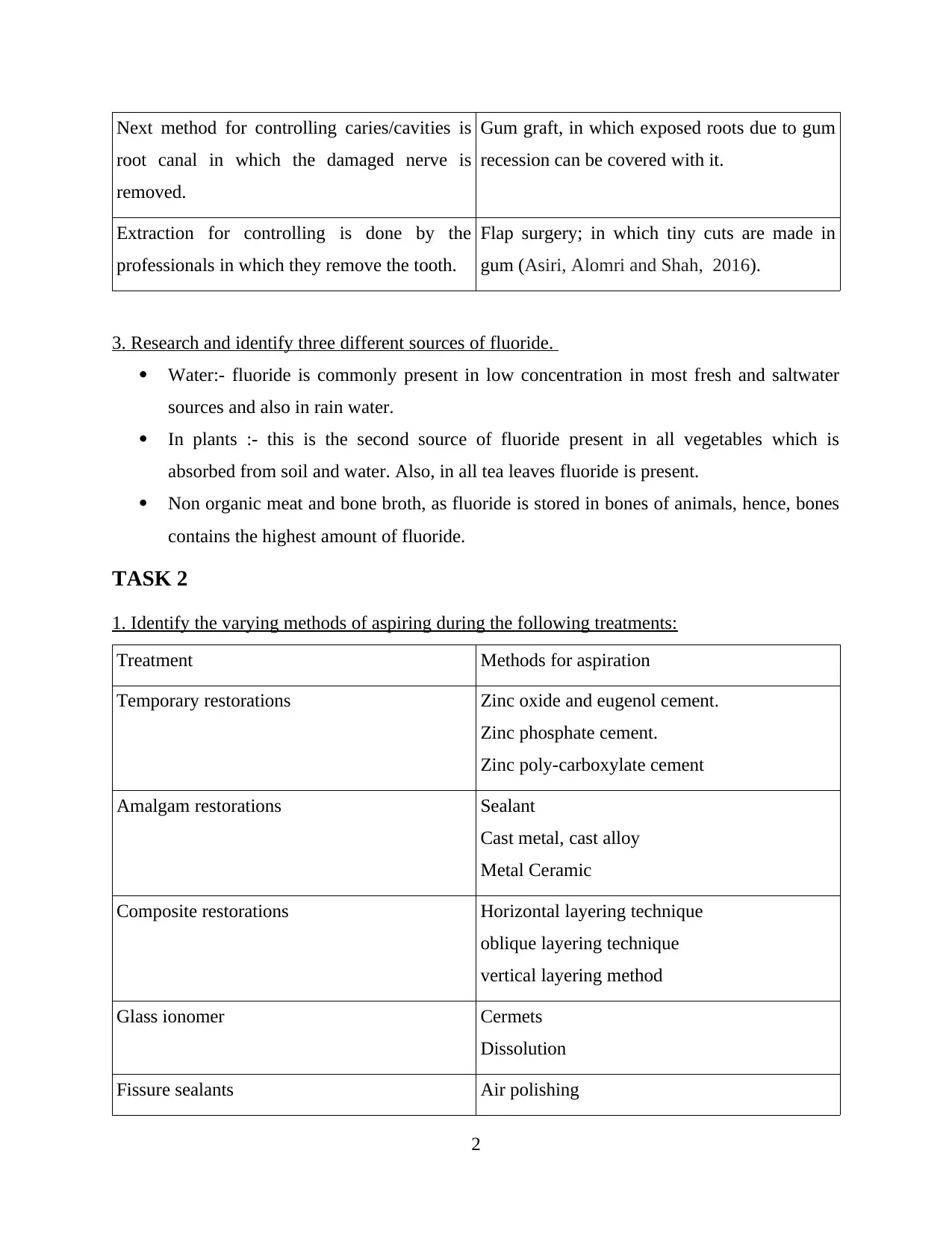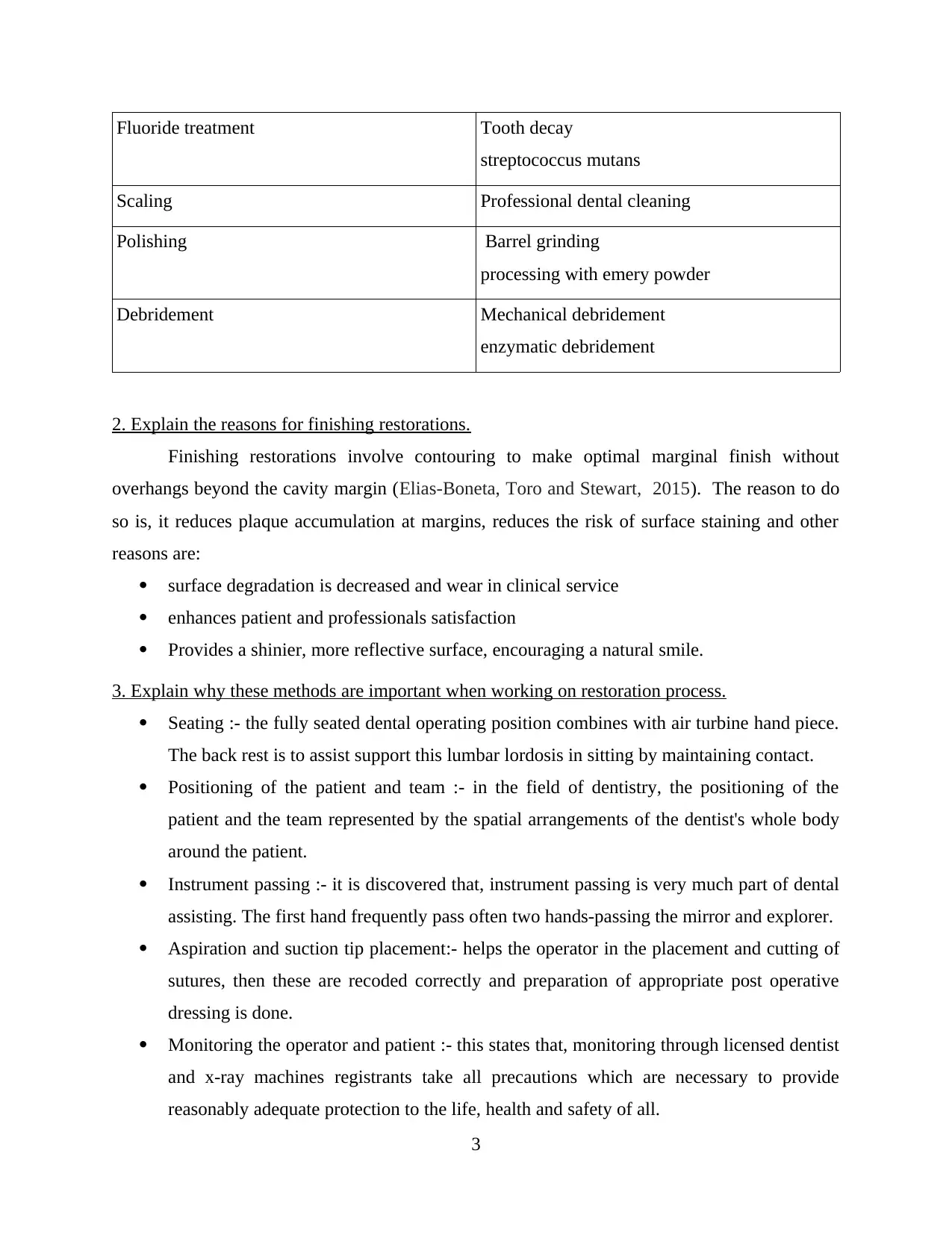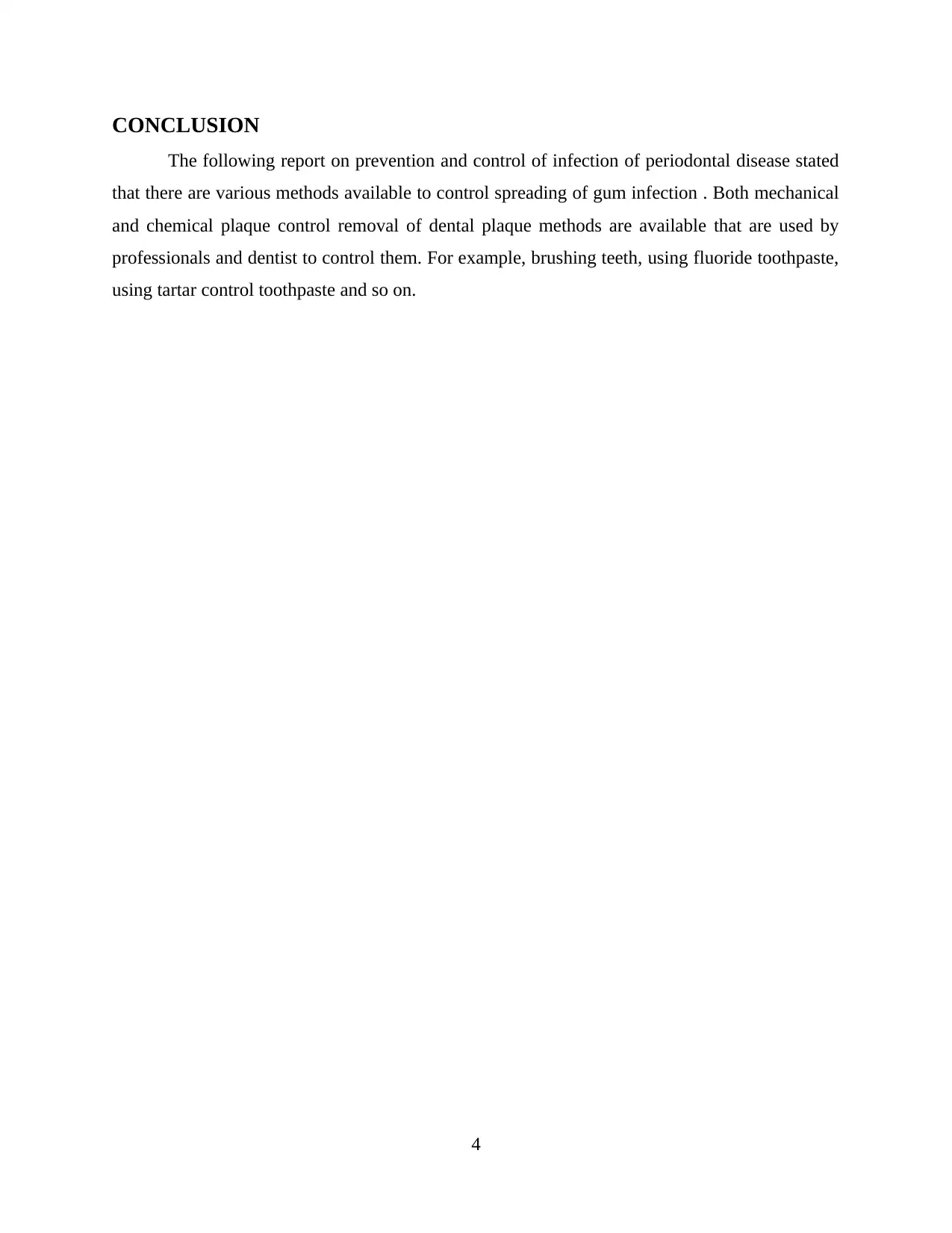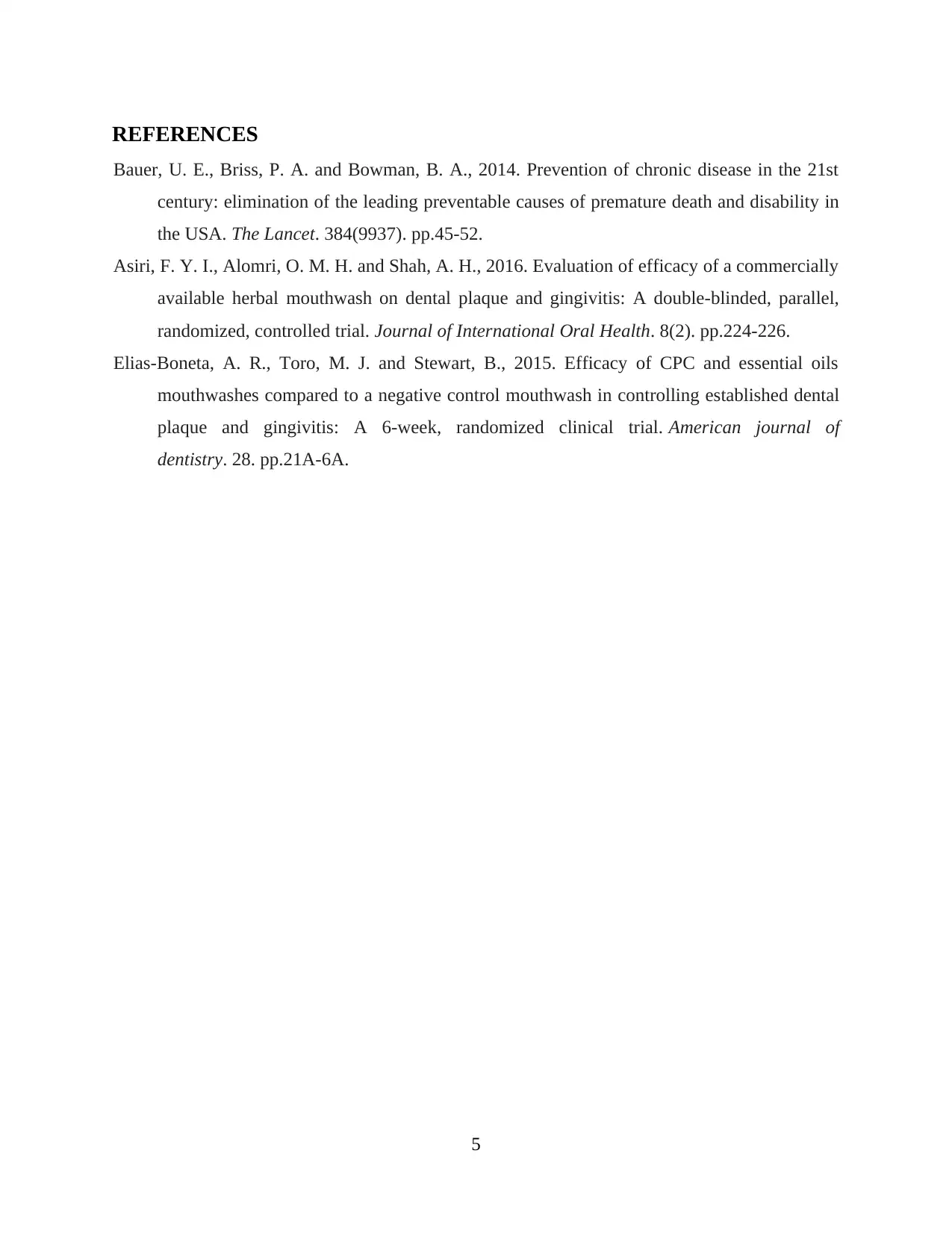Methods for Controlling Plaque, Treatments for Caries and Periodontal Disease, Sources of Fluoride, Aspiration Methods, Reasons for Finishing Restorations
VerifiedAI Summary
This report provides information on infection prevention and control in dentistry, covering methods for controlling plaque, treatments for caries and periodontal disease, sources of fluoride, aspiration methods, and reasons for finishing restorations. It discusses the importance of brushing and flossing for controlling gum disease, different methods for controlling plaque, various treatments for caries and periodontal disease, sources of fluoride, and methods of aspiration during different treatments. It also explains the reasons for finishing restorations and the importance of these methods in the restoration process.
![[object Object]](/_next/static/media/star-bottom.7253800d.svg)
![[object Object]](/_next/static/media/star-bottom.7253800d.svg)
